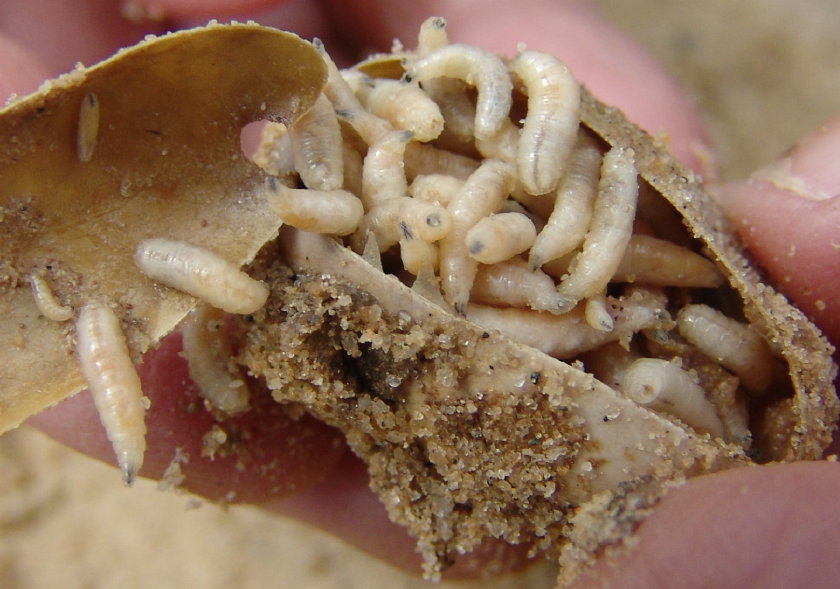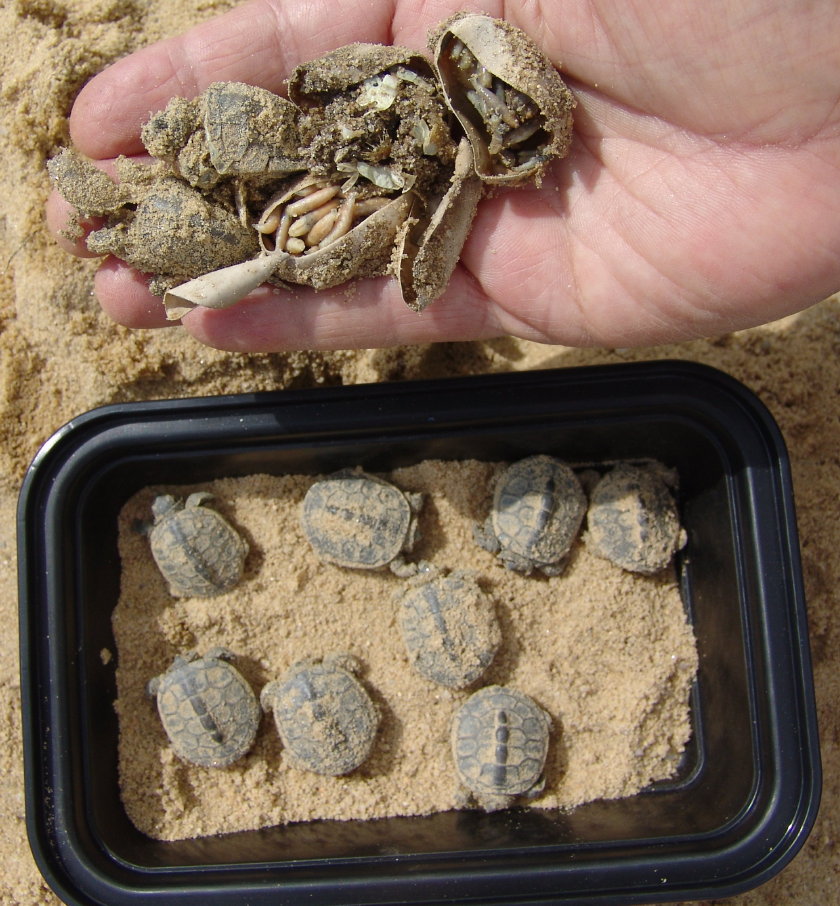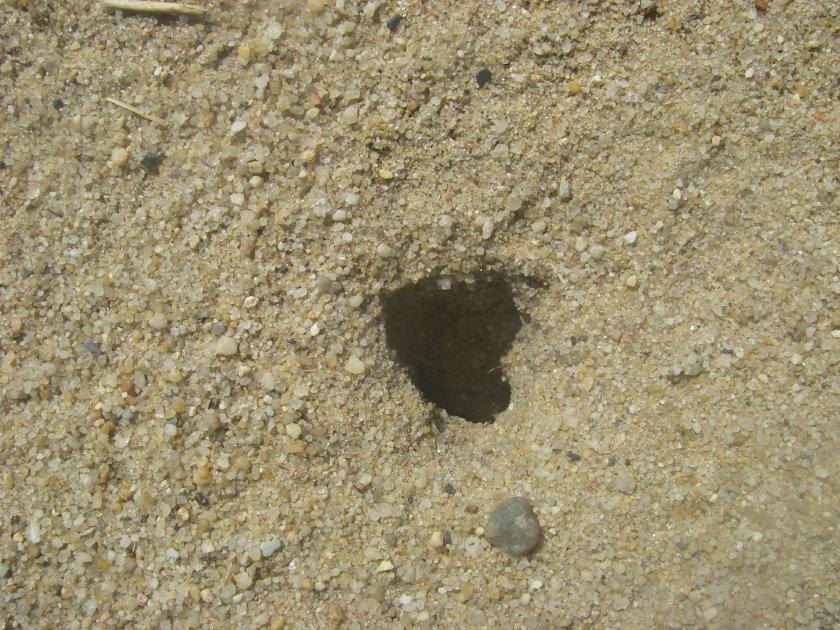Mass Audubon’s Wellfleet Bay Wildlife Sanctuary hosted the 3rd annual meeting of the Northeast Diamondback Terrapin Working Group on September 27th. Bob Prescott, sanctuary director, and Don Lewis, the Turtle Guy, welcomed more than 30 participants from New England and New York. Chuck Landrey coordinated the meeting agenda, and Russ Burke, Hofstra University professor, chaired the meeting.
Click Here to View Video in High Quality
Particpants Assemble in Wellfleet Bay Wildlife Sanctuary Auditorium
After registration and coffee, the meeting kicked off at 10:00 am with opening remarks by Chuck Landrey, the northeast regional coordinator, followed by Russ Burke, DTWG chair. Bob Prescott and Don Lewis welcomed participants to the Wellfleet Bay Wildlife Sanctuary and presented a very brief overview of Cape Cod geography and terrapin populations from the SouthCoast to the Outer Cape. Russ topped off the opening session with an update on terrapin research activities within Jamaica Bay and the challenges of wildlife conservation within bounds of the 11th largest city in the world.
Click Here to View Video in High Quality
Opening Presentations by Chuck Landrey, Russ Burke, Bob Prescott & Don Lewis
As entertaining as these opening presentations were, participants earned a nice break before hearing more research updates by Charlotte Sornborger of Barrington, Rhode Island, and Barbara Brennessel, professor at Wheaton College. Eric Strauss, research associate professor at Boston College, talked about environmental studies and the ecological field station at Sandy Neck in Barnstable where he and Peter Auger have conducted long-term terrapin research.
Click Here to View Video in High Quality
Second Round of Presentations by Charlotte Sornborger, Eric Strauss and Barbara Brennessel
Lunch break offered an opportunity for Sue Wieber Nourse and I to zip over to Lieutenant Island to check for emergence nests. Three days of pouring rain and the tropical front accompanying Hurricane Kyle presented conditions favorable for late hatching terrapins to emerge through the soften soil. At the intersection of a one lane dirt road and a driveway on Marsh Road, we discovered an emergence hole with a tiny diamondback terrapin hatchling poking its head out. Excavating the egg chamber we rescued four live hatchlings and found two premature hatchlings that had been crushed inside the nest by vehicular traffic.
Click Here to View Video in High Quality
Saving Turtles for Lunch from a Vulnerable Road Nest
The afternoon session was devoted to an exchange of information and views on a variety of terrapin research issues as enumerated by the following charts. Topics included headstarting, how do hatchlings know home, list of predatory and beneficial plants, hatchling survival rate, relationship between age and salinity tolerance, unpublished data on diet, terrapins in captivity, legacy data sets, where do hatchlings hang out, starting a basic terrapin conservation program, capture-mark-recapture methods, tracking methods, mating aggregations, nest protector design and temperature, terrapin survey methods, and how do you know what terrapins are doing when not nesting.
Terrapin Research Topics of Interest to Participants
After a very long and productive day, during which Hurricane Kyle had deluged the auditorium windows and walls with rain, the time had come for a soagy field trip. Participants assembled in the Nature Center and began the trek along Goose Pond Trail to Cape Cod Bay where we would release the female and male terrapins that Sue and I had captured on Wednesday (see The Last Terrapins). Then, we would walk over to Try Island to check the remaining protected nests and to share an insight into nesting habitat here at the northernmost outpost for diamondback terrapins.
Bob Prescott (with Binoculars) Leads Participants Down Bayside Boardwalk
En route to the bay, we stopped by an exemplar area of salt marsh die-off to talk about this phenomenon on the Outer Cape. I spotted a large male squareback marsh crab, one of the prime suspects in the die-off, guarding its muddy burrow. Bob dove into the ooze and bare-handed the critter; a noble feat since we normally use 3-mil plastic gloves for this work due to the ferocious tenacity of these crabs. Bob showed off his catch to clicks of rain-drenched cameras.
Bob Prescott Shows Large Male Squareback Marsh Crab to Conference Participants
As downpours resumed, we reached a creek leading to the bay and released our turtle guests back into the wild. Afterwards, we examined the nesting habitat on Try Island and elsewhere along the Goose Pond Trail, arriving back at the Nature Center tired, soaked and completely satisfied with a most informative and fun filled day.
Click Here to View Video in High Quality
Hurricane Kyle Field Trip at Wellfleet Bay Wildlife Sanctuary







